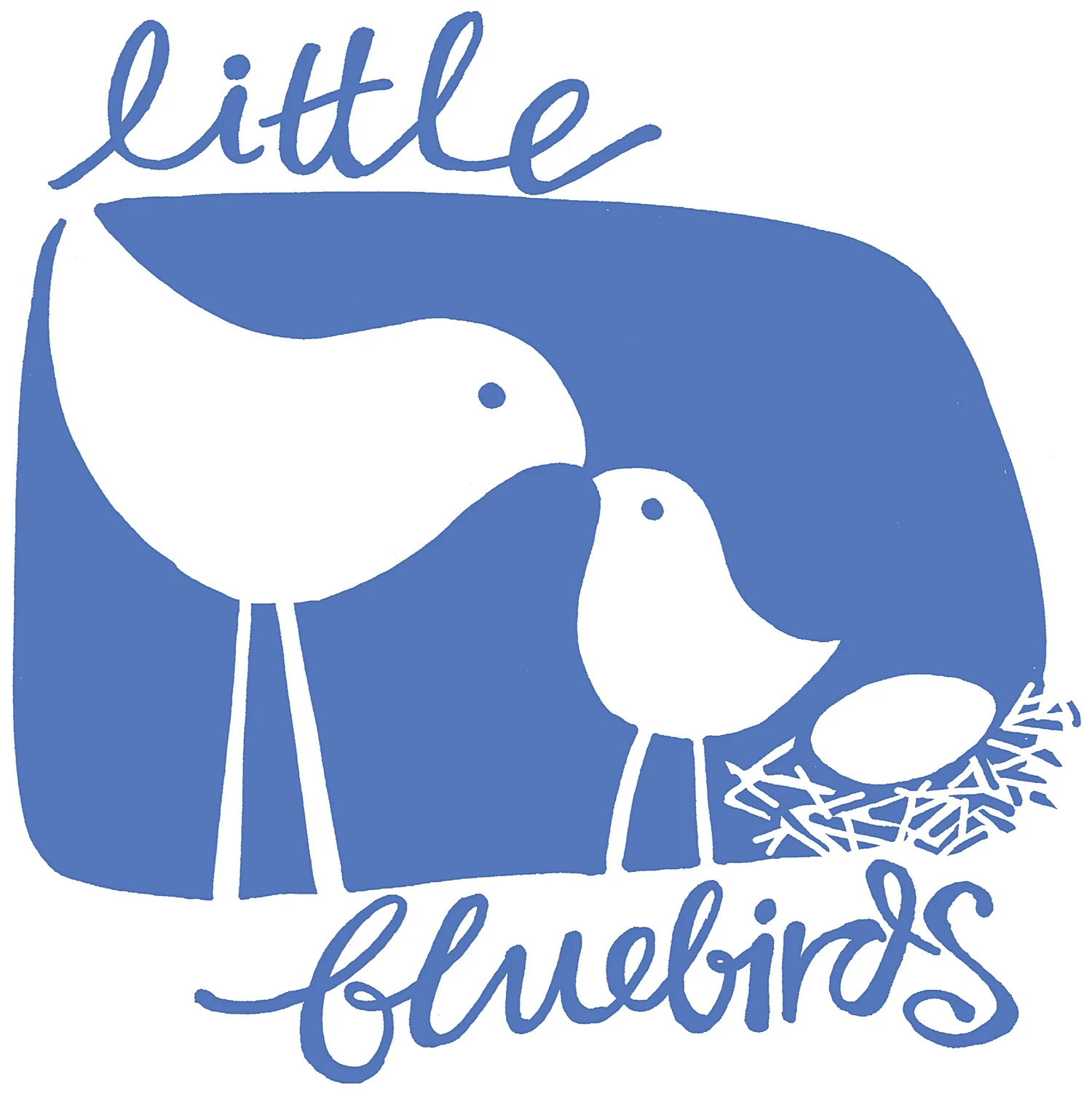Little Weed
I went to the park today, at the first sign of sun in blue sky. Autumn weather can be magical, with seemingly endless days of sunshine, then torrents of rain, wind, even thunderstorms, providing many opportunities to talk to your little ones about the natural world. As I walked through the park I stopped thinking about all the things I had on my to-do list, and found myself listening to the sounds of nature. First, the birds - I began by simply enjoying the birdsong, then I wondered what kinds of birds they might be, then I tried to spot them in the treetops. It's hard!
As I walked further on, I heard another sound, one that I hadn't heard for a long while. Could it be...? Yes! The sound of frogs! I looked around to find the source of the froggy calls and realised that the recent downpour had resulted in huge puddles, and holes that had filled with water, and with all that water, the frogs were joyously celebrating.
The natural world is full of things that spark wonder and awe, and young children are experts in uncovering what may be unseen and unheard by adults on a simple walk in the park.
Allowing ourselves to share in that childlike wonder can lead to some unexpected outcomes. For instance, I read recently that chickens like to eat fresh dandelion leaves. While out walking the dog around the streets, I noticed a dandelion growing on the nature strip. I stopped and crouched down, as a child might, and then saw many more - a roadside 'field' of dandelions was growing there! What fun to collect a bunch of leaves and present them to some chooks I know, and how delightful to see them happily munching.
But foraging for weeds is not just for chooks. In their book, 'The Weed Forager's Handbook', Adam Grubb and Annie Raser-Rowland identify many, many weeds found around Victoria that can be eaten by humans, or used medicinally. In his foreword to the book, celebrity gardener Costa Georgiadis describes the footpaths, parks and roadsides all around us as 'one big free wild salad bowl'. But there are some rules to observe before you go foraging in urban areas:
1. Identify your plant - www.eatthatweed.com has links to help. If you have any doubt, leave it alone.
2. Pick young leaves
3. Pick tender leaves that look healthy
4. Pick greens before flowering
5. Avoid stems
6. Be mindful of pollutants, including traffic fumes, stormwater run-off, industrial pollutants
7. Be mindful of herbicides - most councils use signs for sprayed areas or use coloured dye in the herbicide
8. Be persistent - keep trying and tasting as different locations can result in different tastes
9. Experiment with ways to use your new ingredients
10. Relish the experience
Grubb (such a suitable name!) and Raser-Rowland list their top 20 edible and medicinal weeds with identifying pictures, historical notes and possible uses. Along with dandelions they include Amaranth, Chickweed, Fennel, Nasturtium, Nettle and Oxalis, all of which can be found in abundance around Geelong, especially after rain.
I wonder what adventures you and your little ones will have next time you venture out after rain?





